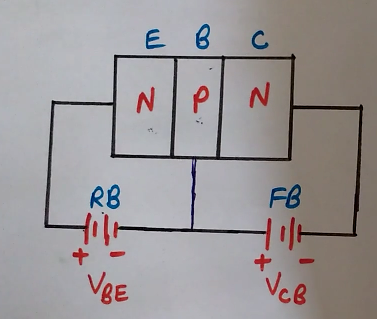Here are some interesting and very important facts about North America that you should know-
2.The total area of North America is 24,709,000 square kilometers (9,540,000 square miles).
3.There are total 23 countries (sovereign States) in the North American continent.
4.Main languages spoken in North America are English, Spanish and French but other languages are also spoken here.
5.United States is the fourth largest country in the world while Canada comes at second position.
6.Canada and United States of America (USA) together make the Anglo America.
7.Bering sea and Bering Strait separates the Anglo America from Russia while the Baffin bay and Davis Strait separates it from Greenland.
8.Florida strait separates the USA from Cuba.
9.Vancouver Island is separated from United States (US) by Juan de fuca Strait.
10.Rio Grande river forms the border between United States and Mexico.
🌓READ THIS ALSO:-
Islands of North America - Interesting Facts about North American Islands that You Never Knew !!!
11.Tropic of Cancer passes through the gulf of Mexico and 49 degree parallel makes boundary between USA and Canada.
12.The largest desert of North America is Sonoran (Mojave) which is in the south California.
13.North America's highest peak is Mt Mckinley which is 6194 meters high while the lowest point is the Death Valley which is 86 meters below the sea level.
14.America is bounded by the Atlantic ocean on the east, the Pacific Ocean on the west, Arctic Ocean on the north, Caribbean Sea and Panama Canal in the south.
🌓READ THIS ALSO:-
FACTS about EUROPE - MAP of European Countries - European Continent Facts
15.Hoover Dam is on Colorado river which is the highest dam in the world.
16.Main lakes of North America are Superior, Michigan, Huron, Erie and Ontario. All of these lakes except Michigan are shared by USA with Canada. Michigan lake is entirely in the USA.
🌓READ THIS ALSO:-
 |
| World Map (Countries of the World) |
North America Facts
1.North America is the third largest continent in the world after Asia and Africa.2.The total area of North America is 24,709,000 square kilometers (9,540,000 square miles).
3.There are total 23 countries (sovereign States) in the North American continent.
4.Main languages spoken in North America are English, Spanish and French but other languages are also spoken here.
5.United States is the fourth largest country in the world while Canada comes at second position.
 |
| North America Map (Globe) |
6.Canada and United States of America (USA) together make the Anglo America.
7.Bering sea and Bering Strait separates the Anglo America from Russia while the Baffin bay and Davis Strait separates it from Greenland.
8.Florida strait separates the USA from Cuba.
9.Vancouver Island is separated from United States (US) by Juan de fuca Strait.
10.Rio Grande river forms the border between United States and Mexico.
🌓READ THIS ALSO:-
Islands of North America - Interesting Facts about North American Islands that You Never Knew !!!
12.The largest desert of North America is Sonoran (Mojave) which is in the south California.
13.North America's highest peak is Mt Mckinley which is 6194 meters high while the lowest point is the Death Valley which is 86 meters below the sea level.
14.America is bounded by the Atlantic ocean on the east, the Pacific Ocean on the west, Arctic Ocean on the north, Caribbean Sea and Panama Canal in the south.
🌓READ THIS ALSO:-
FACTS about EUROPE - MAP of European Countries - European Continent Facts
16.Main lakes of North America are Superior, Michigan, Huron, Erie and Ontario. All of these lakes except Michigan are shared by USA with Canada. Michigan lake is entirely in the USA.
🌓READ THIS ALSO:-
 |
| World Famous Historical Monuments and Landmarks |
 |
| Largest Deserts in the World |
 |
| 25 Amazing Facts about United States of America (USA) |
 |
| 25 Interesting Facts about Europe |
 |
| Important Islands of North America |
 |
| Parliaments and Countries |
 |
| Important Signs and Symbols with their Meanings |
 |
| Top 10 Largest Airlines in the World |
 |
| Most Popular Newspapers in the World |
 |
| Important International Days and Dates |












